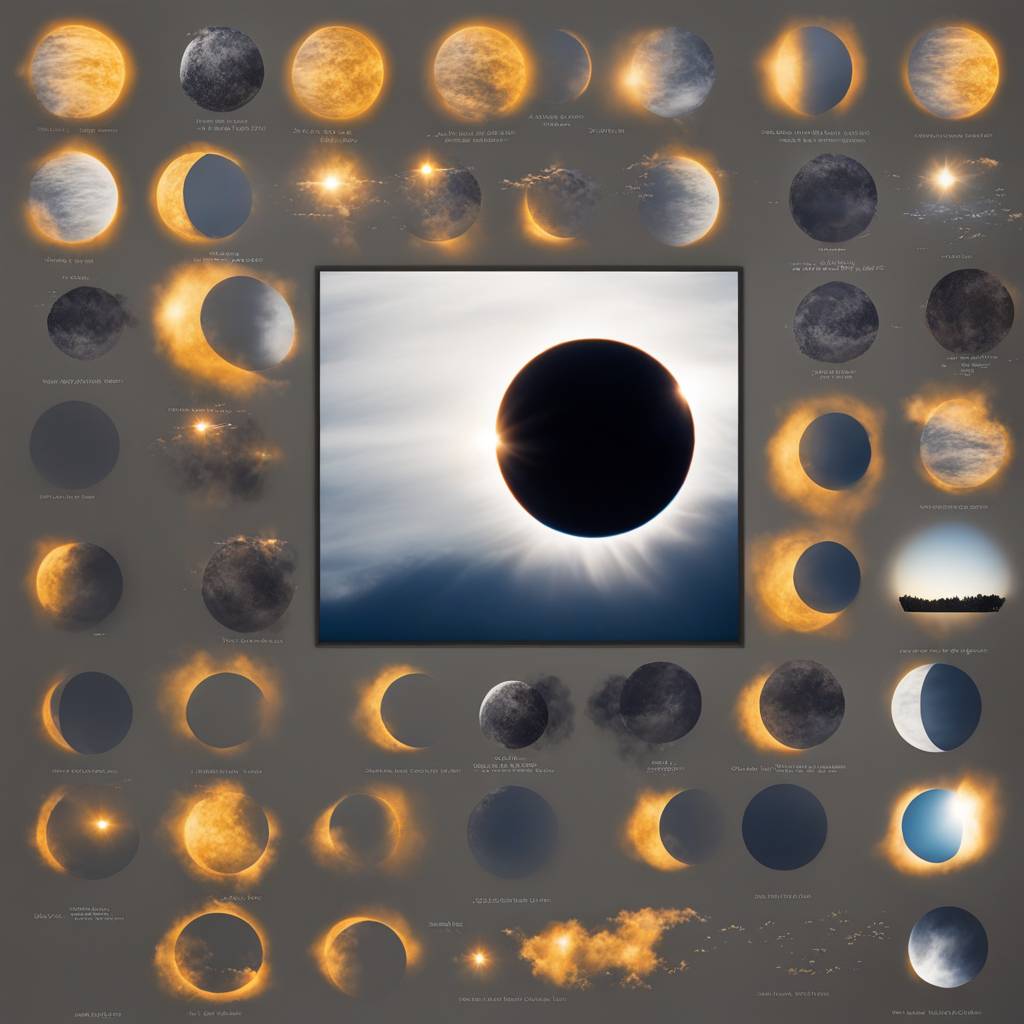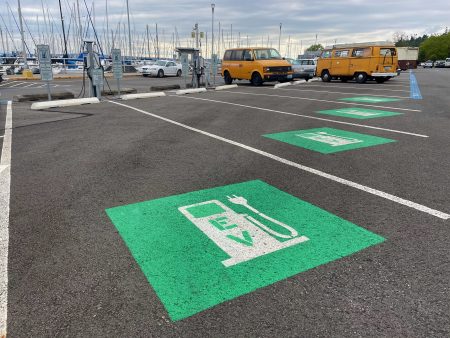On Monday, a total solar eclipse will pass through parts of Mexico, the US, and eastern Canada, creating an exciting event for many people living in its path. The next total solar eclipse in North America is not expected until August 2044, making this occurrence quite rare and special. It is important to wear solar eclipse glasses when viewing the eclipse to protect your eyes from any potential harm, as looking directly at the sun during the event can be damaging. NASA has provided a map showing the areas where the total solar eclipse will be visible, allowing individuals to plan their viewing experience.
For those interested in capturing photos of the solar eclipse, whether with a smartphone or a DSLR camera, there are important considerations to keep in mind. Smartphone users can easily enhance their camera’s capabilities by using solar filters, which are affordable and readily available online. It is recommended to familiarize oneself with the camera settings before the eclipse and to avoid using the flash during totality. Additionally, using burst shot mode can increase the chances of capturing the elusive diamond ring effect. Smartphone photographers are advised to bring a portable battery bank to ensure their devices remain powered throughout the event.
Photographers planning to use a DSLR or mirrorless camera to capture the solar eclipse should invest in a suitable ND filter that fits their lens size. It is crucial to practice taking photos of the sun beforehand to adjust to the settings and ensure optimal results. Bringing multiple lenses and a tripod can help diversify the photos taken, while using a remote shutter release and shooting in raw image format can further enhance the photography experience. Despite the temptation, it is not recommended to take photos of the solar eclipse without a filter, as this can potentially damage the equipment and result in poor-quality images.
While photographing the solar eclipse can be exciting, it is essential to remember to enjoy the moment and witness the celestial event firsthand. This rare occurrence is a once-in-a-lifetime experience for many individuals and should be appreciated not just through the lens of a camera, but also through direct observation. Additionally, precautions should be taken for pets and solar-powered systems during the eclipse, as the sudden transition to darkness can cause distress and disruptions. As astronauts aboard the International Space Station witness multiple solar eclipses, those on Earth can partake in this unique event and marvel at the beauty of nature.















